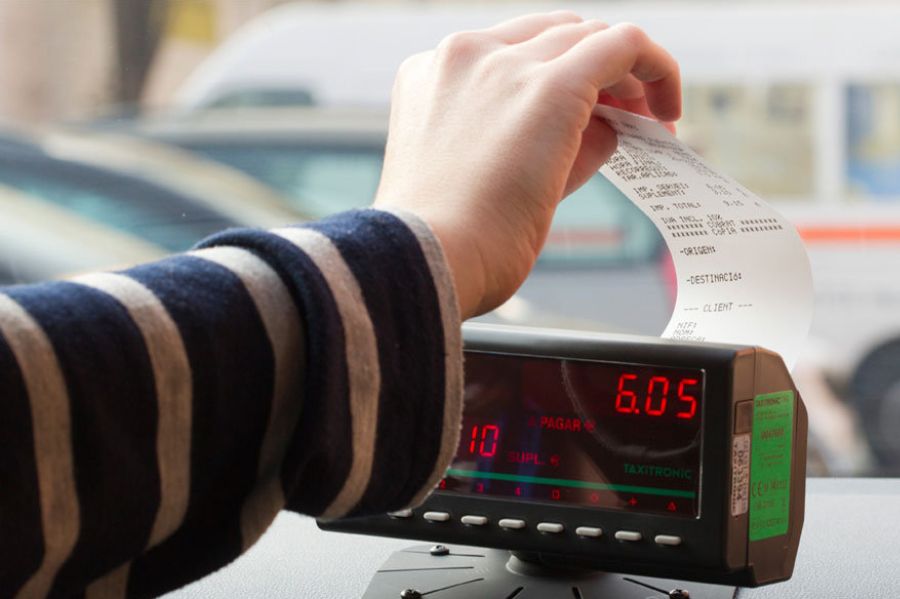
A taximeter is an electromechanical or electronic device designed to calculate the cost of a taxi ride based on the distance travelled and the time elapsed. Below is a description of how a taximeter technically works:
Speed and distance sensor
Modern taximeters use sensors to measure vehicle speed and distance travelled. The sensors record the vehicle’s speed and distance travelled in real time.
Discover the most Slim & High-Tech taximeters
Internal clock
The taximeter incorporates an internal clock that records the elapsed time in both “FREE” and “BUSY” status. This allows us to accurately calculate the time a trip lasts.
Pre-programmed fares
The taximeter contains a table of pre-programmed fares that specifies how much to charge per unit of distance and time. These rates are pre-set and may vary according to location, local regulations and calendar. In addition to the base fare it is possible to program supplements (such as luggage or airport service), which can be added according to the needs of the service.
Calculation of the amount
When the Taxi is performing a service and the vehicle is traveling above the speed limit, the taximeter calculates the amount based on the kilometers traveled. If the vehicle is traveling below the speed limit, then the taximeter calculates the fare based on the time elapsed. To do this, it multiplies the distance traveled by the rate per kilometer and the time elapsed by the rate per minute. It then adds these two values together to get the total amount.
Display of the fare
The taximeter displays the fare in real time on a digital or analog display. This allows passengers to know the amount of the trip at any given moment.
End of trip
When the driver stops the vehicle at the passenger’s destination and ends the trip, the taximeter displays the total amount to be paid by the passenger.
Printing a receipt (optional)
Taxitronic taximeters with integrated or external printer connected to the taximeter, have the ability to print a receipt showing in addition to the total amount and supplements applied, the fare(s) applied, the distance traveled, the time elapsed and other relevant details of the trip. This can be provided to the passenger as proof of payment.
In short, a taximeter works technically by constantly measuring distance and time, and uses pre-programmed fares to calculate the total amount of the trip in real time. This enables accurate and transparent billing for cab services.
Contact Taxitronic


